Abrams tanks: Too old to be new
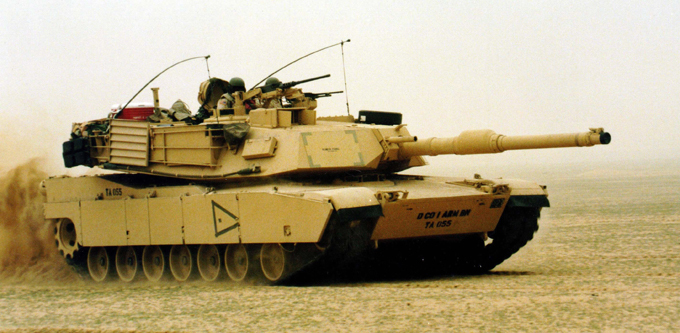
Highly mobile, designed for modern armored ground warfare, the M1 is well armed and heavily armored. Notable features include the use of a powerful multifuel turbine engine, the adoption of sophisticated composite armor, and separate ammunition storage in a blow-out compartment for crew safety. Weighing nearly 68 short tons (almost 62 metric tons), it is one of the heaviest main battle tanks in servic
Highly mobile, designed for modern armored ground warfare, the M1 is well armed and heavily armored. Notable features include the use of a powerful multifuel turbine engine, the adoption of sophisticated composite armor, and separate ammunition storage in a blow-out compartment for crew safety. Weighing nearly 68 short tons (almost 62 metric tons), it is one of the heaviest main battle tanks in servic
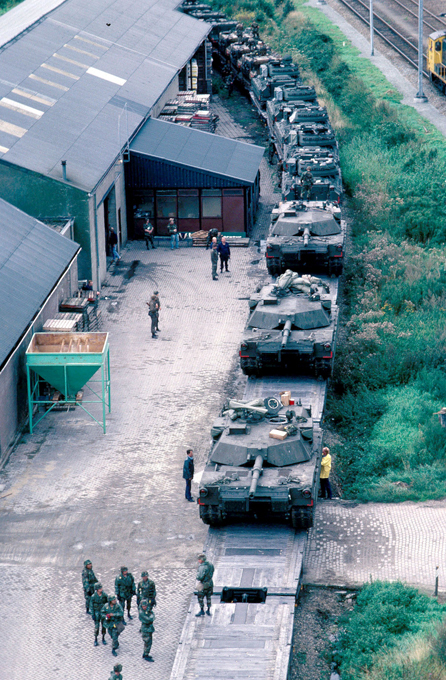
The M1 Abrams entered U.S. service in 1980, replacing the M60 tank. The M1 remains the principal main battle tank of the United States Army and Marine Corps, and the armies of Egypt, Kuwait, Saudi Arabia, Australia and Iraq
The M1 Abrams entered U.S. service in 1980, replacing the M60 tank. The M1 remains the principal main battle tank of the United States Army and Marine Corps, and the armies of Egypt, Kuwait, Saudi Arabia, Australia and Iraq
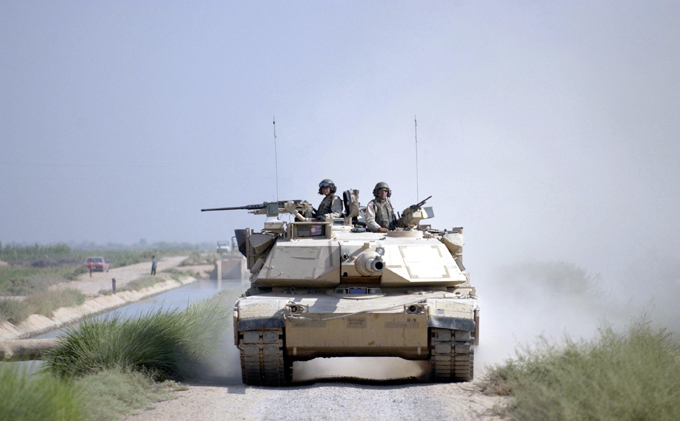
Three main versions of the M1 Abrams have been deployed, the M1, M1A1, and M1A2, incorporating improved armament, protection, and electronics. These improvements and other upgrades to in-service tanks have allowed this long-serving vehicle to remain in front-line service. In addition, development for the improved M1A3 version was reported in 2009
Three main versions of the M1 Abrams have been deployed, the M1, M1A1, and M1A2, incorporating improved armament, protection, and electronics. These improvements and other upgrades to in-service tanks have allowed this long-serving vehicle to remain in front-line service. In addition, development for the improved M1A3 version was reported in 2009
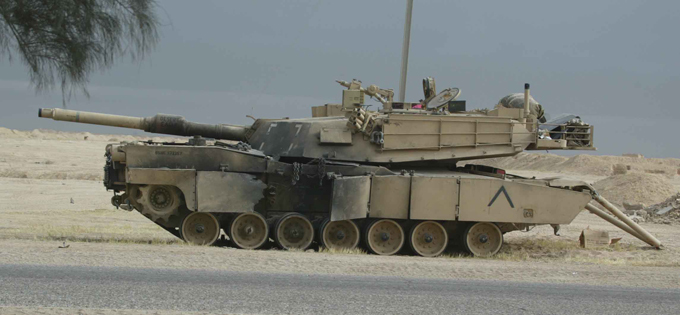
Being vastly superior to Iraqi tanks, very few M1 tanks were hit by enemy fire. Upgrades after the war improved the tank's weapons sights and fire control unit. The Abrams participated in the 2003 invasion of Iraq, exposing vulnerabilities in urban combat that were addressed with the TUSK modification. The Marine Corps sent a company of M1A1 Abrams tanks to Afghanistan in 2010
Being vastly superior to Iraqi tanks, very few M1 tanks were hit by enemy fire. Upgrades after the war improved the tank's weapons sights and fire control unit. The Abrams participated in the 2003 invasion of Iraq, exposing vulnerabilities in urban combat that were addressed with the TUSK modification. The Marine Corps sent a company of M1A1 Abrams tanks to Afghanistan in 2010
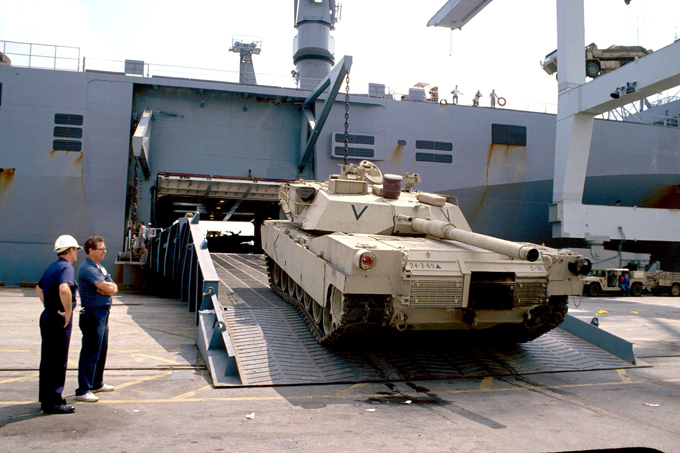
The M1A2 was a further improvement of the M1A1 with a commander's independent thermal viewer, weapon station, position navigation equipment, and a full set of controls and displays linked by a digital data bus. These upgrades also provided the M1A2 with an improved fire control system. The M1A2 System Enhancement Package (SEP) added digital maps, FBCB2 capabilities, and an improved cooling system to compensate for heat generated by the additional computer systems. The M1A2 SEP also serves as the basis for the M104 Wolverine heavy assault bridge
The M1A2 was a further improvement of the M1A1 with a commander's independent thermal viewer, weapon station, position navigation equipment, and a full set of controls and displays linked by a digital data bus. These upgrades also provided the M1A2 with an improved fire control system. The M1A2 System Enhancement Package (SEP) added digital maps, FBCB2 capabilities, and an improved cooling system to compensate for heat generated by the additional computer systems. The M1A2 SEP also serves as the basis for the M104 Wolverine heavy assault bridge
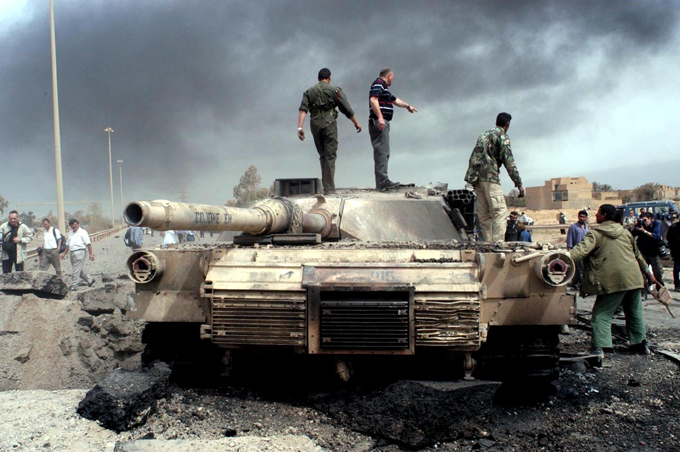
The U.S. Army planned to end production at the Lima Army Tank Plant from 2013 to 2016 in an effort to save over $1 billion; it would be restarted in 2017 to upgrade existing tanks. General Dynamics Land Systems (GDLS), which operates the factory, opposed the move, arguing that suspension of operations would increase long-term costs and reduce flexibility. Specifically, GDLS estimated that closing the plant would cost $380 million and restarting production would cost $1.3 billion
The U.S. Army planned to end production at the Lima Army Tank Plant from 2013 to 2016 in an effort to save over $1 billion; it would be restarted in 2017 to upgrade existing tanks. General Dynamics Land Systems (GDLS), which operates the factory, opposed the move, arguing that suspension of operations would increase long-term costs and reduce flexibility. Specifically, GDLS estimated that closing the plant would cost $380 million and restarting production would cost $1.3 billion
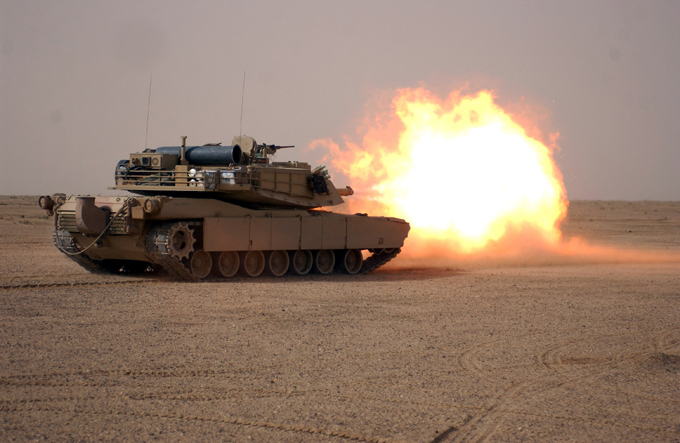
he M1A3 Abrams was in the early design period with the U.S. Army in 2009. At that time, the service was seeking a lighter tank version with the same protection as current versions. It aimed to build prototypes by 2014 and begin fielding the first combat-ready M1A3s by 2017. In March 2017, it was reported that the new version, the M1A2 SEP v4, is to begin testing in 2021
he M1A3 Abrams was in the early design period with the U.S. Army in 2009. At that time, the service was seeking a lighter tank version with the same protection as current versions. It aimed to build prototypes by 2014 and begin fielding the first combat-ready M1A3s by 2017. In March 2017, it was reported that the new version, the M1A2 SEP v4, is to begin testing in 2021
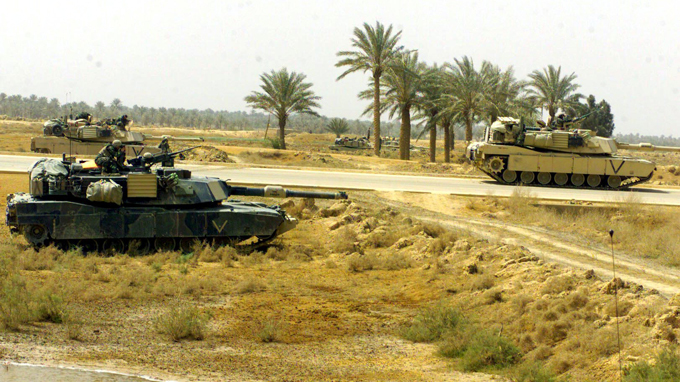
Strategic mobility is the ability of the tanks of an armed force to arrive in a timely, cost effective, and synchronized fashion. The Abrams can be carried by a C-5 Galaxy or a C-17 Globemaster III. The limited capacity (two combat-ready in a C-5, one combat-ready tank in a C-17) caused serious logistical problems when deploying the tanks for the first Persian Gulf War, though there was enough time for 1,848 tanks to be transported by ship
Strategic mobility is the ability of the tanks of an armed force to arrive in a timely, cost effective, and synchronized fashion. The Abrams can be carried by a C-5 Galaxy or a C-17 Globemaster III. The limited capacity (two combat-ready in a C-5, one combat-ready tank in a C-17) caused serious logistical problems when deploying the tanks for the first Persian Gulf War, though there was enough time for 1,848 tanks to be transported by ship



